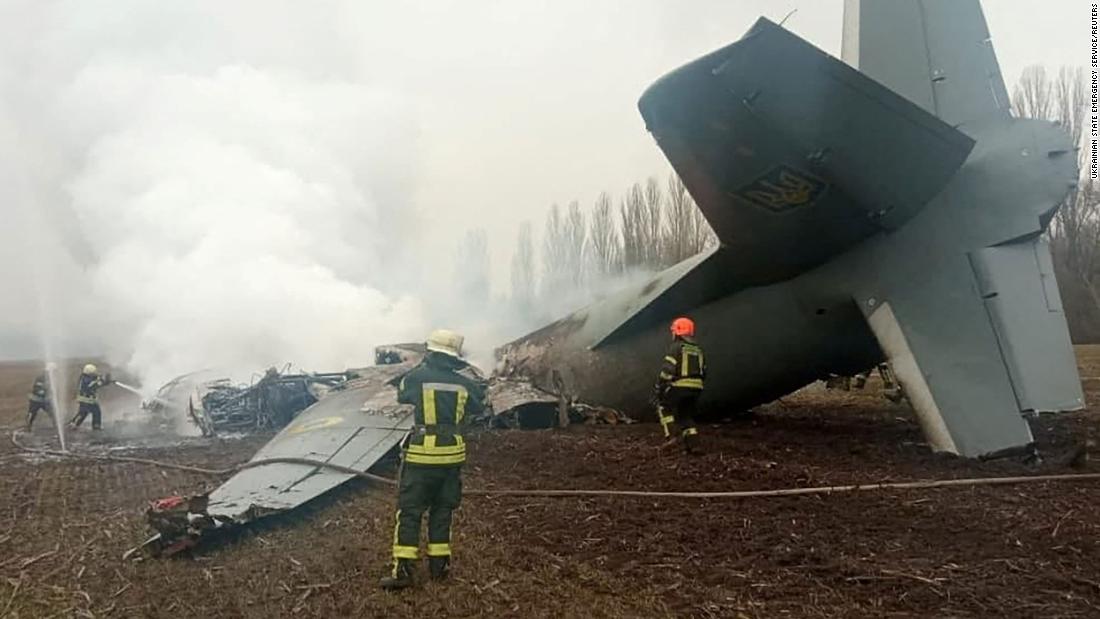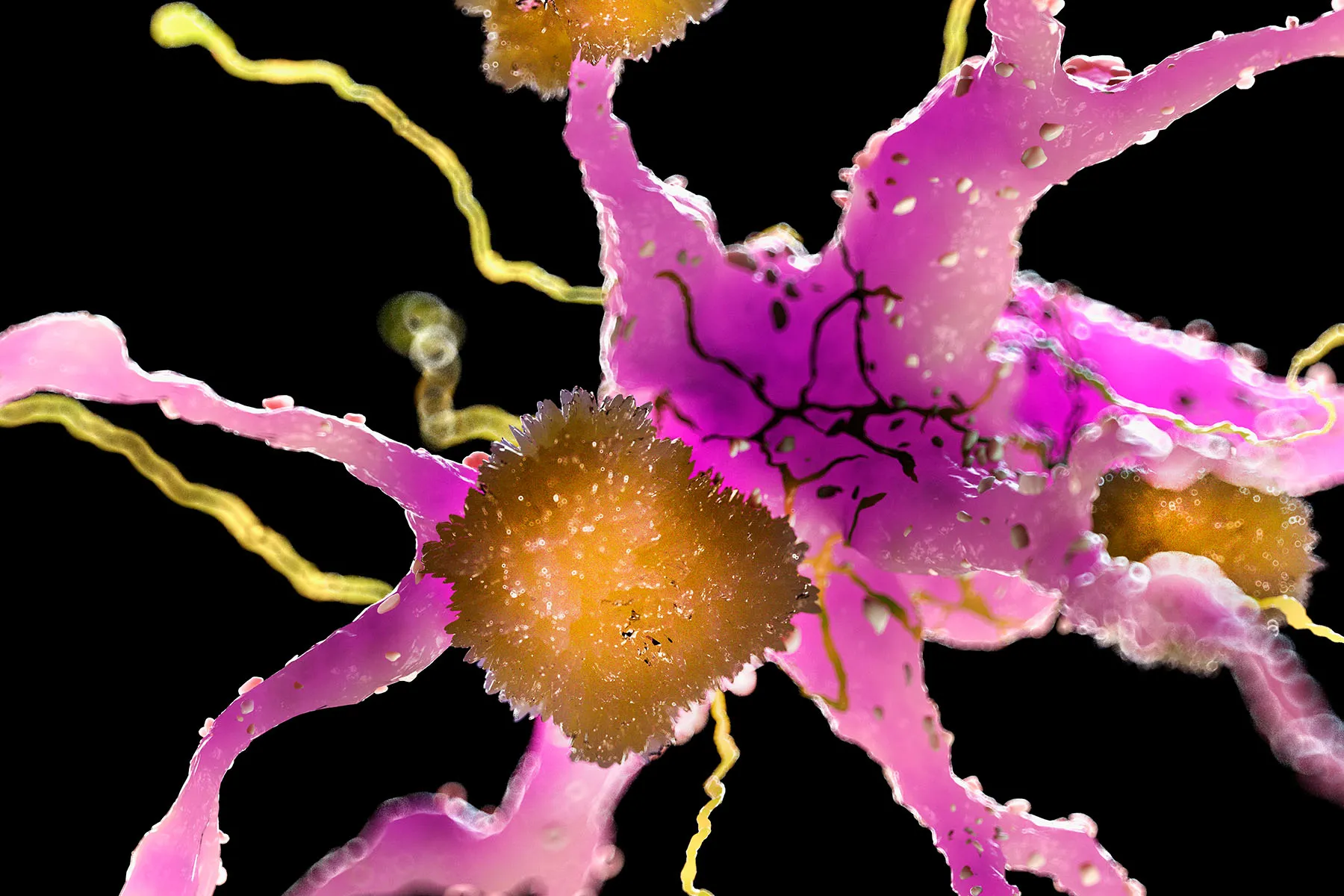‘Don’t Let Our People Die in Silence’: Indigenous Crime Victims Still Uncounted
Because of the lack of tracking and data collection, no one is sure how many indigenous peoples are crime victims each year — and that makes their victimization, particularly their murders, difficult to stop. Now, advocates are stepping up to enact change.

Despite years of research and advocacy, the number of indigenous victims of crime remains “invisible” to authorities, according to NBC News.
The lack of data, insufficient research, underreporting of crimes, and misclassifying Native victims as either white or Hispanic means that the ongoing legacy of colonial violence against Indigenous women and children will effectively be hidden or lost, says native advocate Abigail Echo-Hawk.
“We refuse to let our people die in silence,” Echo-Hawk told NBC News.
Because of the lack of tracking and data collection, no one is sure how many indigenous peoples are crime victims each year — and that makes their victimization difficult to stop.
In the last few years, dozens of states have created task forces to combat the issue, just as Deb Haaland, the first indigenous Secretary of the Interior, announced in April the formation of the Missing and Murdered Unit that will focus on solving missing and murdered Indigenous peoples (MMIP) cases, according to the Department of Justice.
Similarly, in Minnesota, Lt. Gov. Peggy Flanagan, a Democrat who is White Earth Band of Ojibwe, has pushed for funding for justice reforms. The task force there led to the recent establishment of an office to investigate cold cases, using COVID-19 relief funding, according to NBC News.
Even more recently, earlier this month, Washington Attorney General Bob Ferguson, a Democrat, announced his state would create a task force just like Minnesota.
Washington state’s task force will be made up of 21-members, each a representative from tribal nations. Together, they’ll work with community outreach organizations and the criminal justice system to look at, and come u[ with, best practices for data collection and crime reporting of crimes against Indigenous peoples.
“The incomplete nature of the data, if I’m putting it charitably, has been a challenge for us,” Ferguson said, as quoted by NBC News.
Bridging the Data Gap
Echo-Hawk has been strategically addressing the patchwork of information for years, noting that it’s been difficult, but that unique problems require ingenious workarounds.
To address the lack of data collection, Echo-Hawk spent years helping the King County Prosecuting Attorney’s Office, which covers Seattle, to set up a system that gathers information from victims and their family members when a case is referred for prosecution.
The team of researchers became known as the Seattle Indian Health Board.
This solution, along with the Prosecutor’s Office, created a system to share resources and information with tribes, making sure that they’re informed along the way.
Following their investigation, the Seattle Indian Health Board released a landmark study in 2018, documenting more than 500 cases of missing and murdered indigenous women stretching back to the 1940s, while also highlighting the shortcomings of their crime data and collection process.
Aubony Burns, a senior deputy prosecuting attorney in King County, said she and her co-workers found the Seattle Indian Health Board’s report “startling,” and after an inventory of their cases, she said they realized “we had huge holes in just the basics of our data.”
Since then, the Washington State Patrol has hired two tribal liaisons to review data for racial misclassifications, help families report crimes and investigate older cases. To that end, advocates argue that more most be done to address the issue.
5,712 Missing Persons Cases
As of 2016, the National Crime Information Center has reported 5,712 cases of missing American Indian and Alaska Native women and girls. Strikingly, the U.S Department of Justice missing persons database has only reported 116 of those cases, according to the Native Women’s Wilderness, an education and advocacy page.
But as advocates and statisticians have looked into the situation further, even more grim statistics have come to light.
Currently, Indigenous women and girls are murdered at a rate 10 times higher than all other ethnicities, leading to murder being the 3rd leading most cause of death for Indigenous Women, according to the Centers for Disease Control.
The majority of these murders are committed by non-Native people on Native-owned land, according to the Native Women’s Wilderness.
More than four out of five Indigenous women have experienced violence in their lifetime, and more than half of Indigenous Women experience sexual violence, according to the National Institute of Justice Reports.
These alarming statistics have birthed advocacy groups, like No More Stolen Sisters, which has chapters across America and Canada alike.
To continue her advocacy, Echo-Hawk secured a grant from the CDC to continue the work she’s done in King County, which she hopes to replicate in other areas outside of Washington State.
Next month, she and her colleagues will share their work in a toolkit for other prosecutors interested in collecting and analyzing tribally specific victim data.
“It is true, community-led police reform,” Echo-Hawk said. “What we’ve done in the King County prosecutor’s office can be replicated in any county in the country, large or small.”
Andrea Cipriano is a staff writer for TCR.

 Landwebs
Landwebs 




















